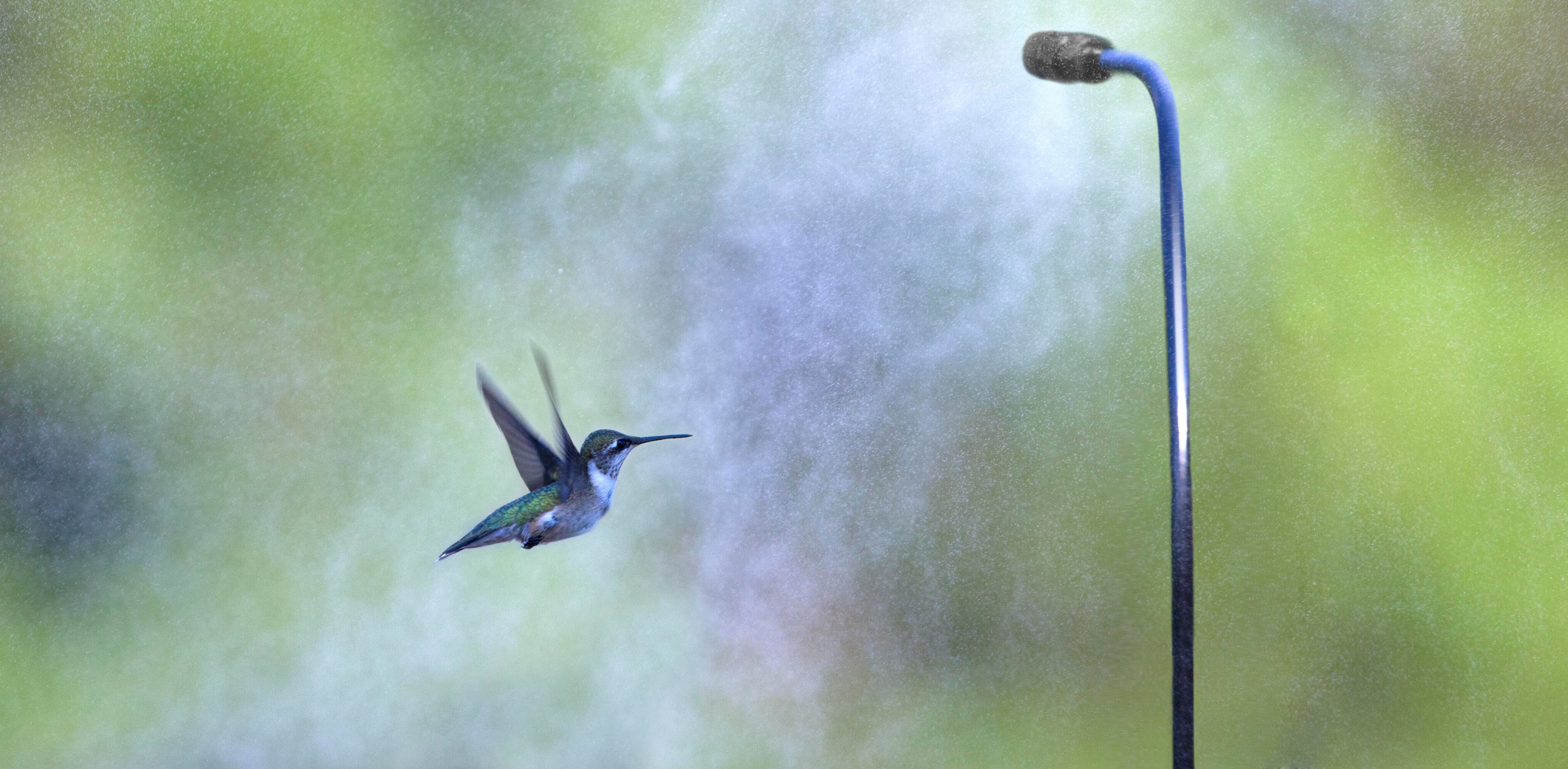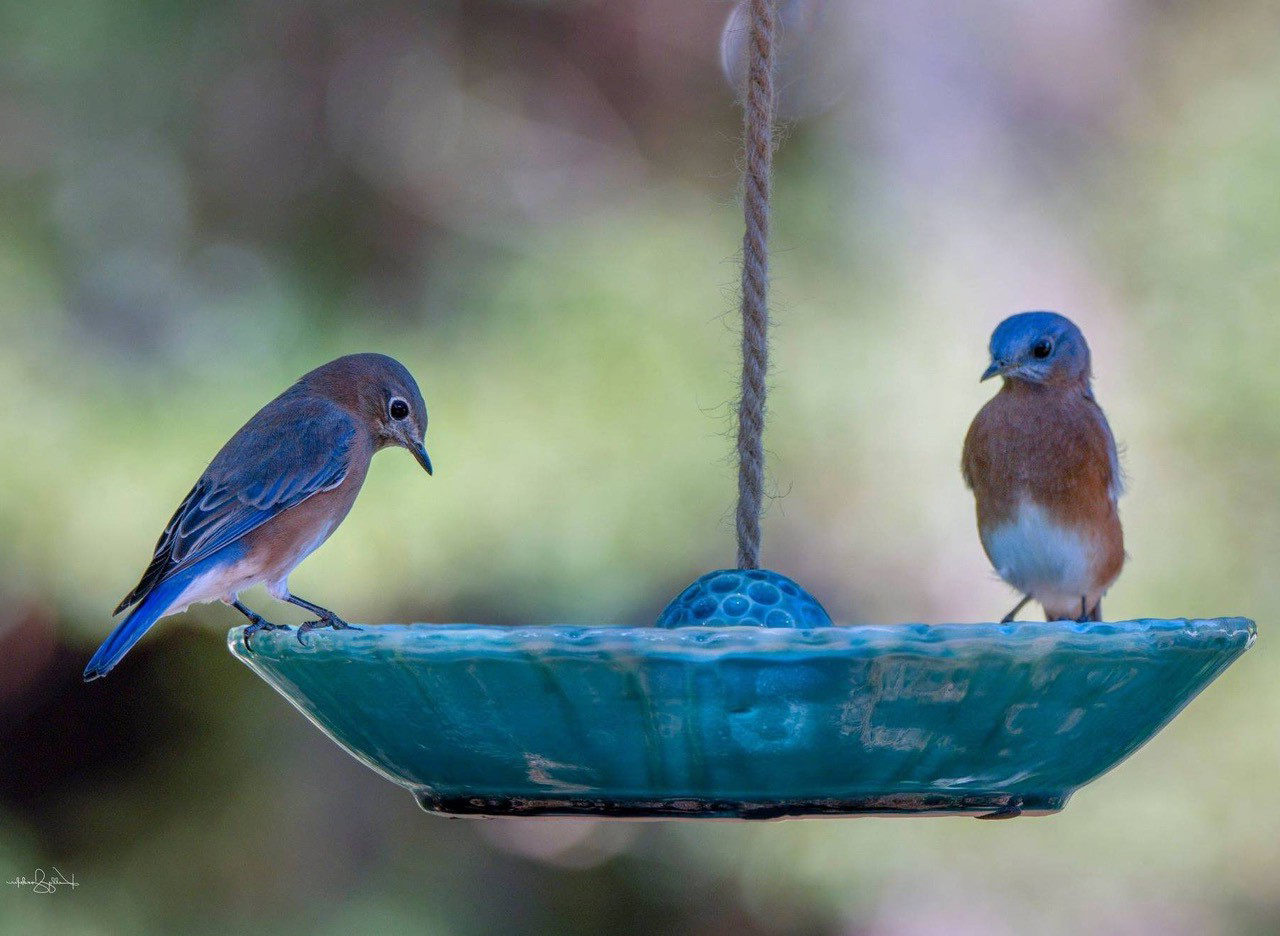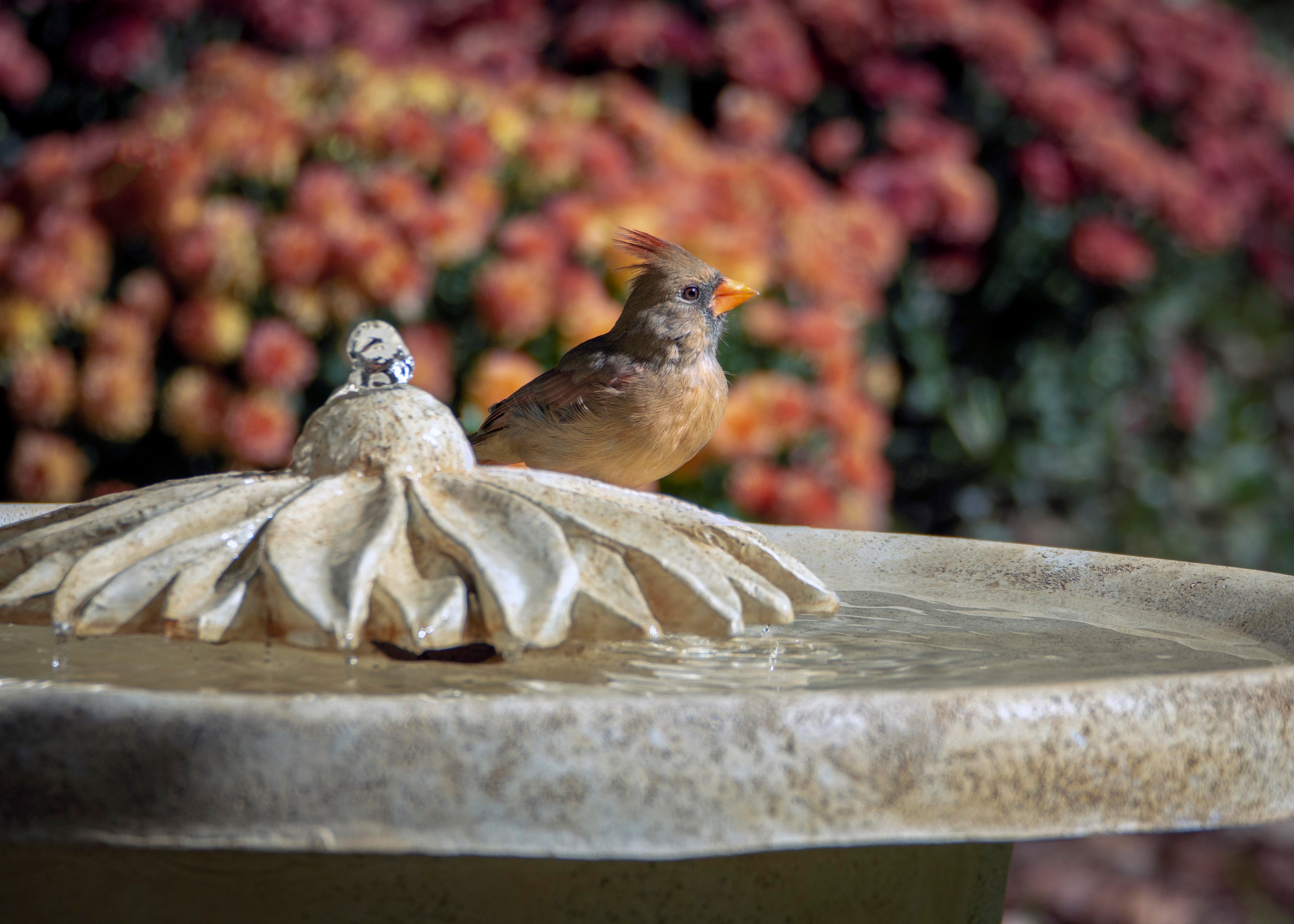-
check out this fascinating chimp video from National Geographic.
Two years ago, a moving photograph taken by National Geographic went viral – appearing on television shows and newspapers throughout the world.. It depicted a group of chimps “mourning” a deceased member of their family. Earlier this morning, National Geographic released a video depicting a similar situation, where several chimps react to the passing of a nine-year-old.
The experts presenting the video tread softly when calling the chimps’ behavior “mourning,” as they are still in the process of determining whether or not chimpanzees are capable of such an emotional reaction.
-
use butterfly feeders along with leaf misters
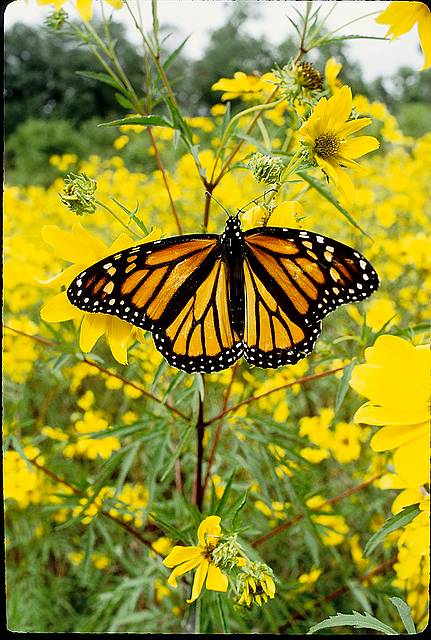 Enticing butterflies has become a huge past-time for many gardeners and backyard birders alike. Earning nicknames like “flying flowers” and “winged jewels” these graceful beings bring joy and delight to many with their sheer presence. But what really works to bring butterflies to your place? There’s butterfly houses, and butterfly feeders, and butterfly baths, and puddlers too!
Enticing butterflies has become a huge past-time for many gardeners and backyard birders alike. Earning nicknames like “flying flowers” and “winged jewels” these graceful beings bring joy and delight to many with their sheer presence. But what really works to bring butterflies to your place? There’s butterfly houses, and butterfly feeders, and butterfly baths, and puddlers too!Although I’m no expert, during summer months you’ll find daily butterfly activity in our garden that’s pretty amazing. We have no butterfly house, nor do we use a feeder. The secret is a leaf mister and flowers which provide food in the form of nectar. Host plants are extremely important too – this is where butterflies lay their eggs. Host plants also provide a food source for the emerging caterpillar. Be forewarned though…heavy munching will occur on your host plants.
We see mostly Monarchs and Swallowtails, and Milkweed serves as the host plant. Lots of native shrubs and flowers entice butterflies and keep them around all season. Mature White Fringe Trees line the back yard, Service Berry shrubs sit in the front, Columbine, Trumpet Vine, Native Hibiscus, and Bottlebrush are just a few other plantings around the yard.
Butterflies do adore over-ripened fruit like bananas, oranges, melon and pears, but you must be sure the fruit does not mold. Butterfly puddlers are popular too, but it’s rare that they’ll drink from an open water source. Instead, the clay absorbs the water, and butterflies will sit upon the dampened clay surface. If using a but
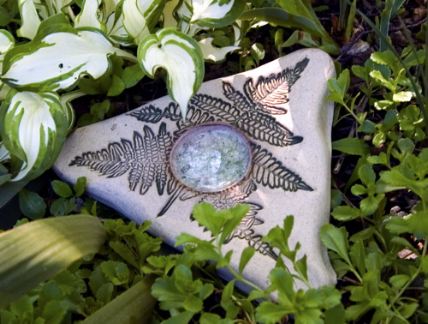 terfly feeder, it should have a wick to absorb and draw up nectar from the basin, as butterflies will eat from the wick.
terfly feeder, it should have a wick to absorb and draw up nectar from the basin, as butterflies will eat from the wick.This season create a butterfly habitat by planting a few native species that will help them thrive and flourish. Add a leaf mister and you’ll see the increase in activity. If you build it… they will come!
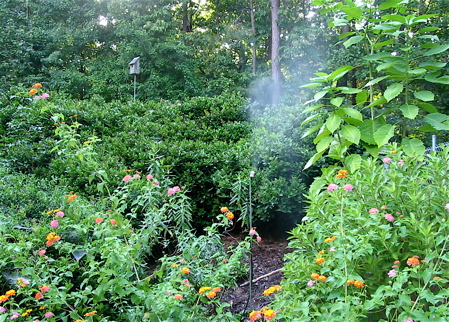
Our summer butterfly habitat -
Keep that mealworm feeder filled
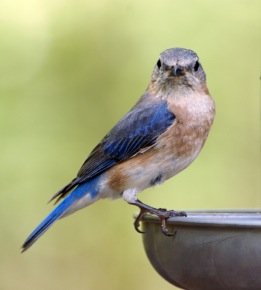 For all the moms out there raising babies on their own… Happy Mothers Day!
For all the moms out there raising babies on their own… Happy Mothers Day!A Gilbertson nest box was their preference, and soon 5 Bluebird eggs sat in the nest. A pair of Eastern Bluebirds who braved a harsh winter in North Georgia found their perfect nest site. It wasn’t long at all before the eggs hatched and five babies slept comfortably in the pine straw nest. I’m not sure when the eggs were laid, but the next time the box was checked it contained the cutest naked babies.
Then some trouble for our Bluebird pair 🙁 Nothing had gotten into the box or killed the babies, it’s dad who had disappeared. With babies fully feathered now and overflowing their nest, dad had been missing for two days, at this crucial fledge time too.
The next box check revealed that mom had managed to fledge all five babies, so this gave me hope for at least a partially successfully brood. I supplemented the the worms with calcium carbonate powder to help build strong bones, and doubled the number of worms being offered in the mealworm feeder.
When raising bluebirds, both parents will feed the chicks for thirty days. Even second or third broods receive help from older siblings. Super mom was on her own, and the nasty storms during their first few nights out in the world didn’t help at all. I was like the worrisome mother. Sometimes another mate is found and the new male may or may not help to care for her brood. About two weeks after fledging, a new male was spotted gorging himself at the mealworm feeder. My only hope was that some of the worms were for the babies.
Two days ago I spotted one of the babies perched on the pole above the mealworm feeder… yellow mouth wide open and screaming his little head off! It was truly a terrific site and gave me hope that more of the five are thriving.
So, in honor of Mother’s Day… here’s to you Mrs. Bluebird! Raising babies on your own out in a tough and cold world, we wish you the best.
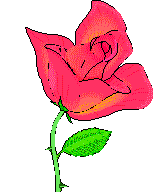
Hummingbird Feeders
about feeders & accessories

